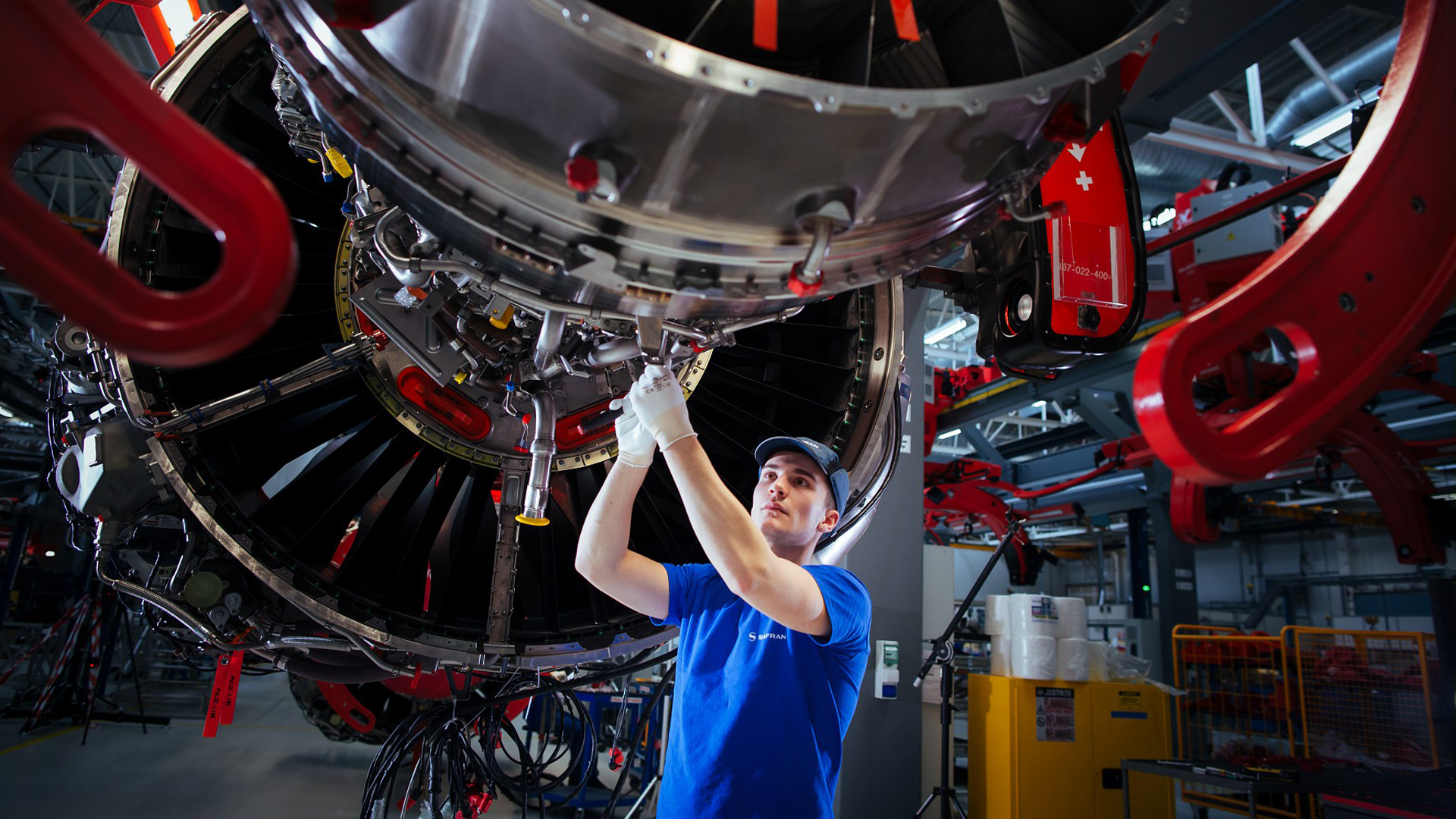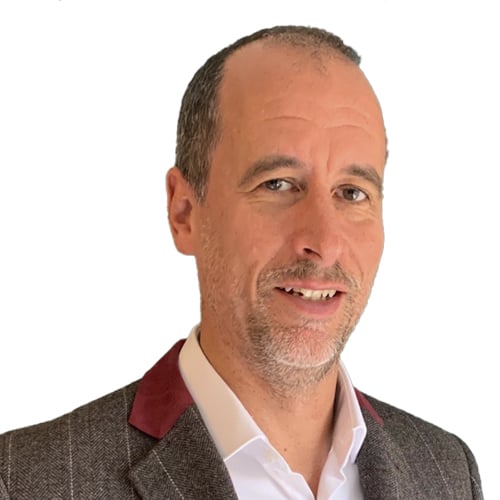Safran Aircraft Engines uses a predictive digital twin to direct millions in investment

Project facts
- ClientSafran Aircraft Engines
- LocationFrance
- ChallengeImproving operational performance by optimising lead times and quality while managing complex equipment configurations and machining processes.
- SolutionTwinn Witness Horizon simulation software was used to model Safran’s complex production lines, allowing for testing and experimentation of proposed solutions.
- ImpactBy testing proposed improvements in a risk-free, virtual environment, Safran was able provide an evidence base for millions of euros of investment.
Safran Aircraft Engines is a world-class designer, developer, producer and marketer of aircraft engines. With a legacy stretching back over 100 years, it’s the world’s number one producer of mainline commercial jet engines and Europe’s leading producer of military engines.
Lanner, now part of Twinn, has a long-standing relationship helping Safran leverage predictive digital twins. A recent project involved developing a flexible model to help improve operational performance at their primary facility south of Paris.
The challenge
Improving operational performance by optimising lead times and quality
Safran had launched a major initiative to improve operational performance at the facility. Designed to help Safran reach its ambitions, the project focused on 5 key areas:
- Industrial and operational organisation
- Machinery and equipment
- Machining processes
- Health, safety and environment
- Shop floor digitisation
“We wanted to use a predictive digital twin to help us balance lead times and quality,” added Safran’s Pascal Bonpapa. “There are complex equipment configurations and machining processes. The margin for deviation is minuscule when you’re manufacturing mission-critical aircraft parts. The overarching question was: how can we organise and optimise production processes to drive improvements in First Time Yield (parts that never have a quality problem) with lead times that deliver on our commercial targets?”
To help answer this, we developed a model for five 5 production lines that play a critical role in engine production processes.
The model gives us an objective way to analyse all the possible scenarios, understand how complex processes affect each other and determine how we can best speed up lead times without compromising quality.”
The solution
One model, infinite flexibility
From the outset, Safran wanted a single model for all five 5 lines. This would give them a future-proof solution that teams could use for a wide range of current and future scenarios.
“Although the 5 lines produce different part families, they have similar processes,” explained Eric Gaury, Twinn’s account lead. “A single model would allow Safran to simulate these complex, non-linear production processes in the most flexible and user-friendly way.”
Although we developed a single model, it needed the specificity to address two 2 key elements: quality and lead time.
- Quality: The products processed on the lines are high-precision, critical rotating parts for aircraft engines – and require thorough quality control end to end. Machining operations affect part dimensions; dimensions are later measured at control points; and from there, parts may be directed to rework or engineering qualification processes. The model needed to formalise the complexity of quality management and alternative processes.
- Lead time: With complex processes and expensive parts, inventory value can rapidly reach unacceptable levels. Hence, the model needed to help Safran identify opportunities to reduce lead times. To achieve this, we implemented a mechanism that tracks every event occurring to every part – and reports a detailed lead time split into various productive and non-productive activity categories.
“We really appreciated the time the Twinn team took to learn our processes and our unique language – they truly understood our operations and objectives,” said Pascal. “Importantly, they aren’t just digital twin technology experts; they have strong production backgrounds, too, which meant they truly helped us understand the art of the possible with predictive simulation.”
We developed the model using Twinn Witness Horizon predictive simulation software – with an Excel interface so it would be familiar and easy for Safran users. Once the model was ready, we conducted a training session where we took Safran users through modelling exercises and documentation, so they could hit the ground running with their analysis.
Impact
Risk-free experimentation, evidence-based investment
Safran started by using the model to analyse 2 re-engineering opportunities:
- Ways of grouping machines to achieve lead time and quality targets
- Ways to improve quality and/or lead time by introducing automation around closed-door machining
“The model is an effective tool for facilitating teamwork and validating ideas. We know there’s no single ‘right’ answer to these complex questions. The model gives us an objective way to analyse all the possible scenarios, understand how complex processes affect each other and determine how we can best speed up lead times without compromising quality,” explained Pascal.
Safran continues to use the model to inform ongoing industrial and operational organisation, machining processes and shop floor digitalisation.
